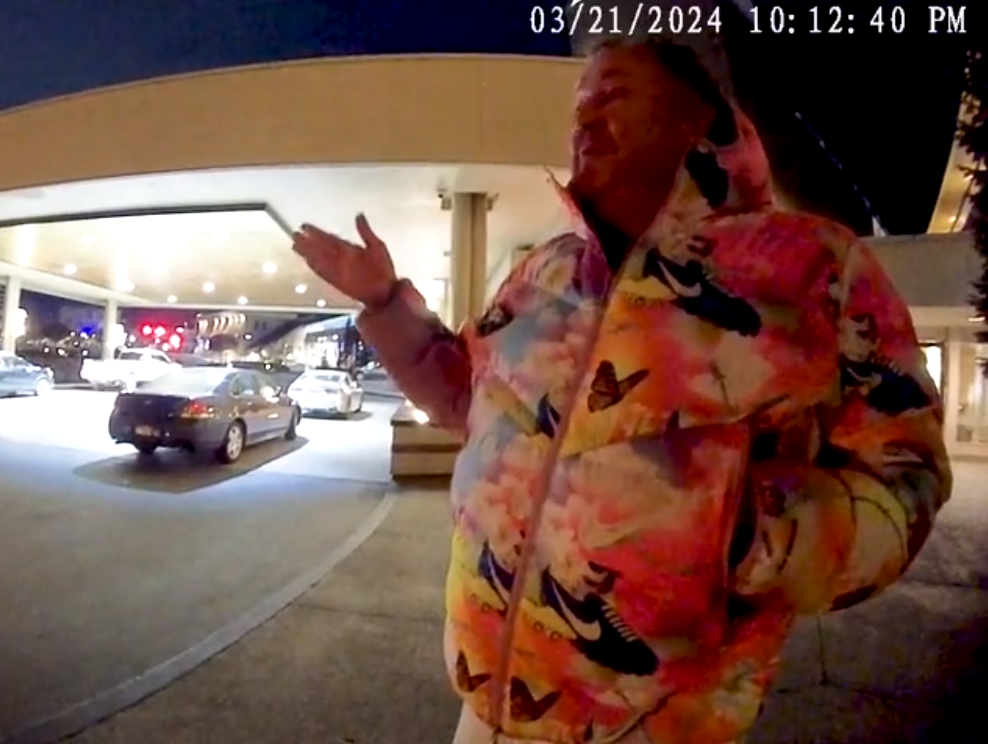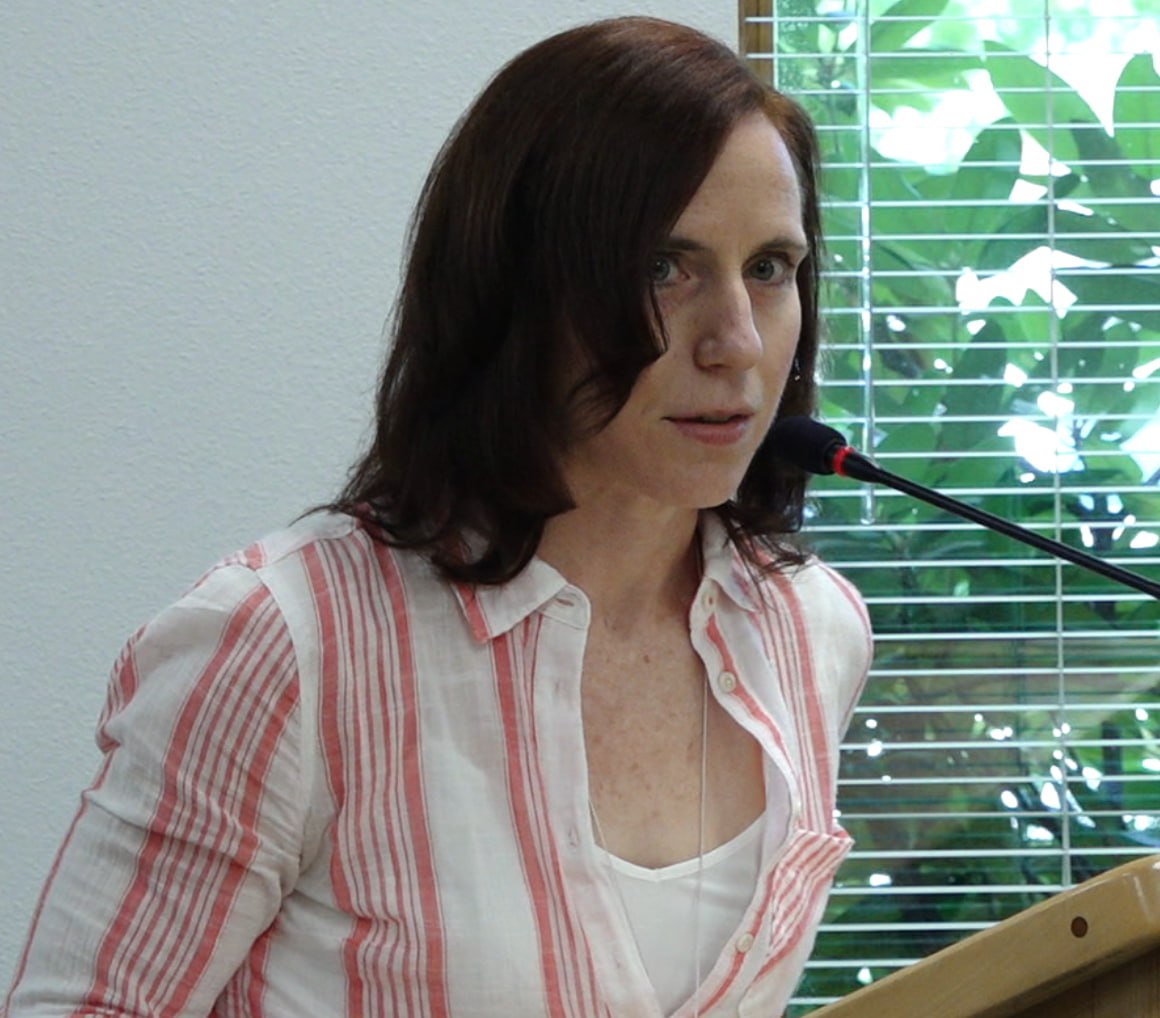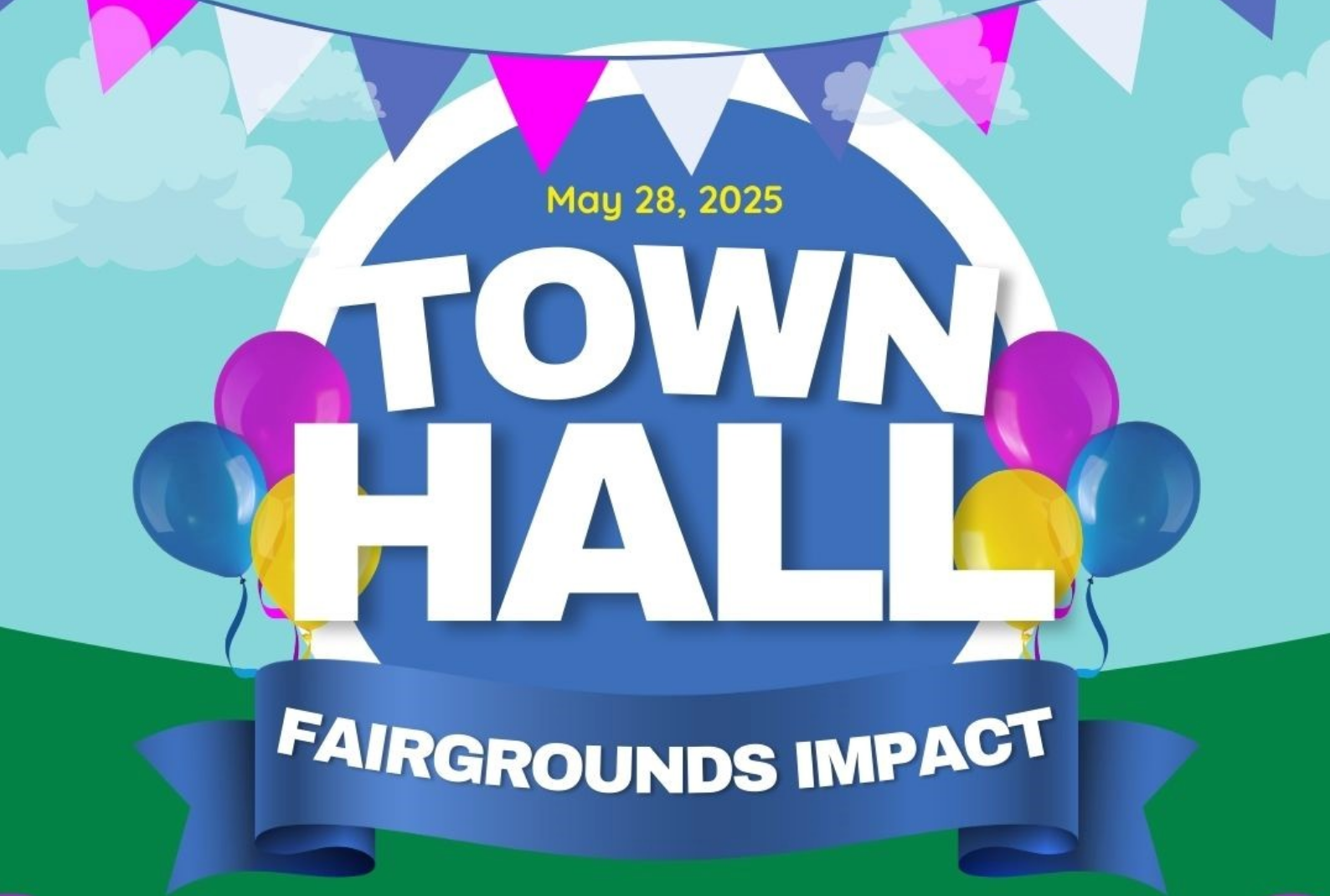Letter to the Editor
By Richard Whitehead of Kootenai County
Forensic Statement Analysis is the examination of words (statements) in writing, audio recording, or video. Much like how a polygraph works with the body, giving the investigator unintended clues, we subconsciously change the words we use when being deceptive in our statements. Truth is succinct, chronological, and detailed.
Several techniques are used during analysis, including Lack of Conviction, talking around a topic, feigning memory, and over-selling a point. Extraneous information does not answer the question – What happened? This information can still be important, but is commonly used as a filler, making it seem you are getting more information than you are. The analysis also includes noun, pronoun, and verb tense changes, order of appearance, tone, pitch, inflection, body posture, micro-expressions, etc., depending on how you received the statement. Furthermore, a continuous explanation of why versus what indicates a lack of honesty.
The following is a cursory analysis of the 911 phone call between the Coeur d’Alene Police Department (CPD) and the complainant of an alleged racial incident on March 21, 2024.
The call starts with the CPD calling the complainant in response to a “hate crime” complaint. I am not aware of how this callback referral was made or what was reported previously.
The complainant immediately downplays the “hate crime” reference with, “I’m not sure what to call it” (Lack of Conviction). The complainant assumes the CPD caller knows who he is and the group he represents and asks, “What are we doing here?” and that the CPD caller knows who “we” is.
When asked, “Is someone harassing you over the phone or something what …” the complainant interrupts the caller with “no, no, no, no,” but instead of clarifying and describing the offense, he shifts to why versus what. This is a clear Lack of Conviction. Honesty is direct and succinct. What we should expect from the complainant at this point is to state the offense and give the location. Everything else is superfluous to the offense.
Instead, the complainant says, “We are here as guests of the NCAA, and they put us here at the Coeur d’Alene Resort, so we are here in Coeur d’Alene. We are a party of about a hundred, and many are of color, that would be black, which doesn’t seem to work too well here in this wonderful place.” This is mostly Extraneous and sets up the alleged motive.
The complainant repeats the size of his party, something he does numerous times throughout the call, and says two cars are racing. His comments reference a lack of care or law enforcement. This indicates a Lack of Conviction and is Extraneous. Order of appearance suggests the order of importance, and illegal racing is not racist (the supposed reason for the complaint).
Repeating the size of his party and the lack of enforcement of the racing, he says, “yells of F and N come from the cars” and follows that with, “they continue to race up and down the main street.” This starts with Extraneous information and shows a Lack of Conviction of the racist offense. More emphasis was placed on racing and lack of enforcement than on the racial speech.
“That stuff may work here, I don’t know, but it doesn’t work,” he states and repeats the size of the party and comments on supporting the local economy. “We didn’t ask to be here, but that’s where the NCAA put us.” Again, we have Extraneous information about group size, being in Idaho, and supporting the economy, which is a further Lack of Conviction of the offense.
He states that we ate, went out, and “guess what?” There were three more cars “racing and yelling F and N.” Note that the Order of Appearance displays what is most important.
He continues, “It’s not unknown what has gone on in this region in the past … a stigma or a history,” and “You can call it many things.” But he doesn’t name “it.” He merely eludes to it assuming the caller knows what he is talking about. This is all Extraneous information.
He then references “petrified” members of his group (however, to my knowledge, there were no other callers/complainants, video, photographs, or audio from any of the 100, let alone anyone else on the street at the time). He describes how important they are in being part of a “nationally televised” event, but gets stuck in Idaho with “hillbilly, white trash people,” and cycles back to “racing, rednecks, racing engines,” and “getting the hell out of here.” Most of this is Extraneous and shows a Lack of Conviction. He then describes growing up in the Pacific Northwest, and its beauty and ends with, “That’s my story for tonight.” All of this is Extraneous information, but the last part is very telling. If someone says, “Let me tell you a story,” is that more often associated with a fictional or factual event?
When asked for a description, he vaguely describes two pickup trucks after stating there were multiple cars. Changing items (synonyms) that have been previously described indicates a Lack of Conviction.
He talked his way through the time of occurrence by making vague references to when they did things and made the complaint hours after it allegedly occurred. Not having a firm grasp on when the offense occurred is a Lack of Conviction.
“I’m not exaggerating. I mean, they were racing, revving …” This is a further Lack of Conviction in overselling the traffic infractions and not the racial offense. Repeating his disdain for the area, which is Extraneous but telling as to motive.
The Extraneous comments on driving and lack of law enforcement action versus what so many people were supposed to be “petrified, afraid, and appalled” about – the racial and vulgar terms that were supposedly yelled at them. In fact, the “appalling,” but not illegal, what (the speech) is only mentioned twice during the entire call, but the why is continually emphasized and consumes most of the call.
Based on the words used by the complainant, the voice inflection, and the verbal tone, I find the veracity of the complaint extremely suspect. Truth will typically make its way through or out of a statement and that flagship moment was, “That’s my story for tonight.”
Add the lack of any other complainants (offended persons, especially from his 100) and a lack of video when so many opportunities existed, and you have a conclusion of an unhappy visitor manifested by the perpetuation of a narrative and fifteen minutes of fame as a motive.
I reached the same conclusions after listening to the officers’ body mic audio during their interaction with the complainant.

Richard Whitehead, who retired after 33 years of law enforcement service, conducts training internationally on various topics, including Forensic Statement Analysis. He is considered an Expert Witness/Subject Matter Expert and consults with agencies on high-profile cases.







